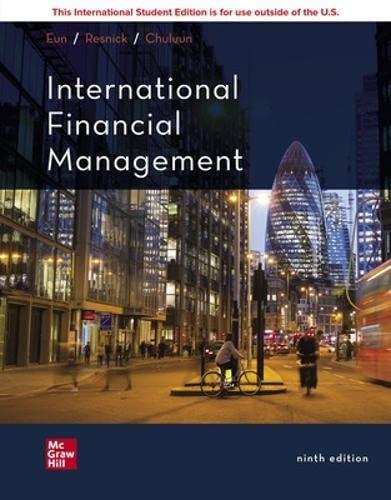This is problem 12-8 on page 429 of your text: You must evaluate the purchase of a spectrometer for the R&D department. The base price is $140,000, and it would cost another $30,000 to modify the equpment for special use by the firm. The equipment falls into the MACRS 3-year class and would be sold after 3 years for $60,000. The applicable depreciation rates are 33%, 45%, 15%, and 7% as discussed in Appendix 12A. The equipment would require an $8,000 increase in net operating working capital (spare parts inventory). The project would have no effect on revenues, but it should save the firm $50,000 per year in before-tax labor costs. The firm's marginal federal-plus-state tax rate is 40%. The firm's WACC ("hurdle rate" or "required rate of return") is 12% Question 1 (1 point) Given the information this problem: What is the initial investment outlay for the project? That is, what is the Year project cash flow? ($140,000) ($178,000) ($30,000) ($170,000) Given the information in the problem: What is the project's incremental depreciation (depreciation expense) for year 1? ($140,000) ($56,100) $113,900 2 ($ 25,500) Question 3 (1 point) Given the information in the problem: What is the project's annual cash flow for year 1? $50,000 ($3,660) $52,440 $56,100 Question 4 (1 point) Given the information in the problem: What is the project's annual cash flow for year 2? $50,000 ($15,900) $52,440 $60,600 Question 5 (1 point) Given the information in the problem: What is the project's incremental depreciation (depreciation expense) for year 3? ($140,000) ($56,100) $113,900 ($25,500) What is the project's operating cash flow for year 3? (Do not include the terminal cash flows.) $50,000 $14.700 $40,200 $88,960 Question 7 (1 point) Given the information in the problem: Sale of equipment: What is the project's cash flow from the sale of the equipment in year 3? $60,000 $48,760 $28.800 $40,760 Question 8 (1 point) Given the information in the problem: Liquidation of Net Operating Working Capital: What is the project's cash flow from the liquidation of net operating working capital (spare parts inventory) in year 3? $8,000 ($8,000) $48,760 $11.900 Question 9 (1 point) Given the information in the problem: What is the project's terminal cash flow for year 3? (Not the operating cash flow.) $60,000 $19,240 $48.760 Question 10 (1 point) Given the information in the problem: What is the project's Net Present Value (NPV)? 3 $19,549 ($19,549) $48,760 12 ($11.900) Question 11 (1 point) Given the information in the problem: What is the project's Internal Rate of Return (IRR)? 15.12% 12% 6.03% 4.02% Question 12 (1 point) Given the information in the problem: What is the project's Modified Internal Rate of Return (MIRR)? 12% 7.74% 6.03% 4.02%













